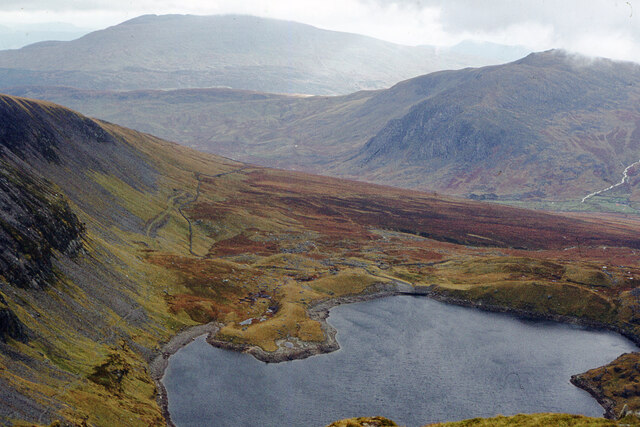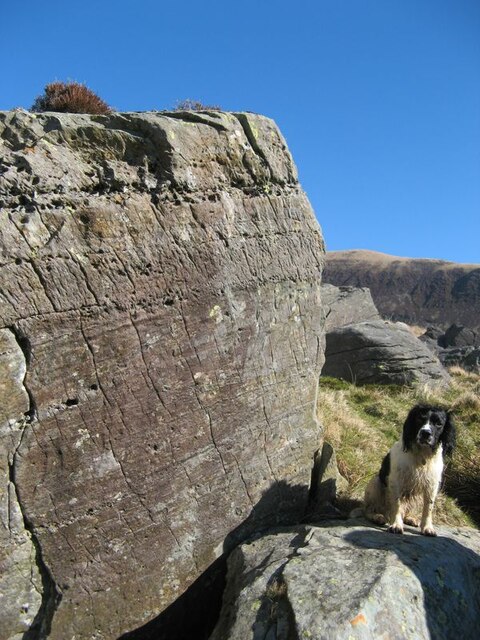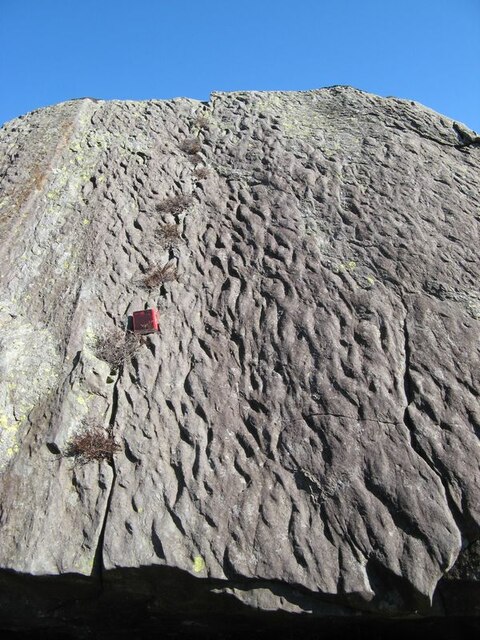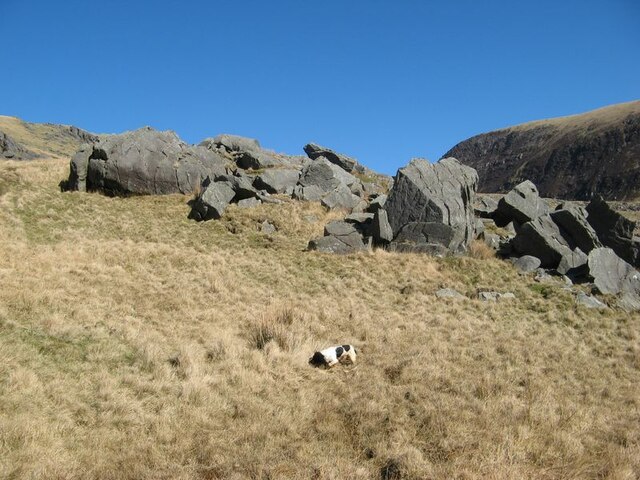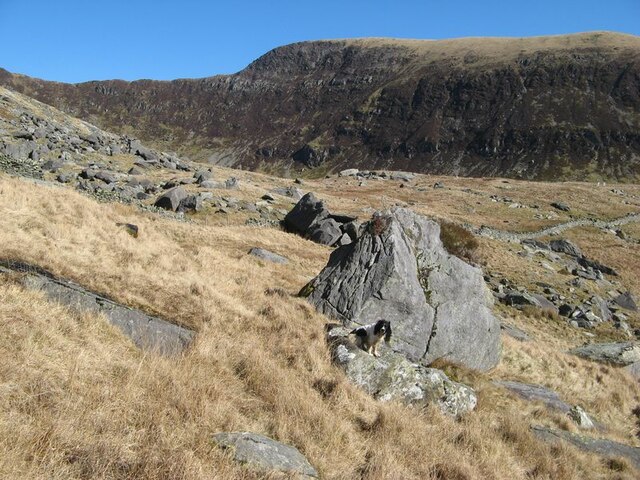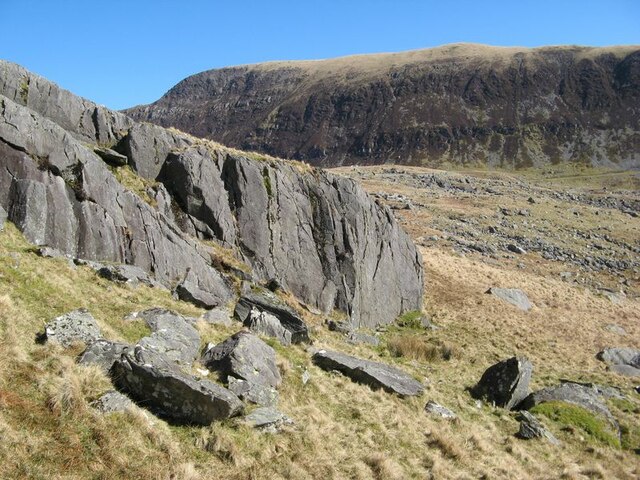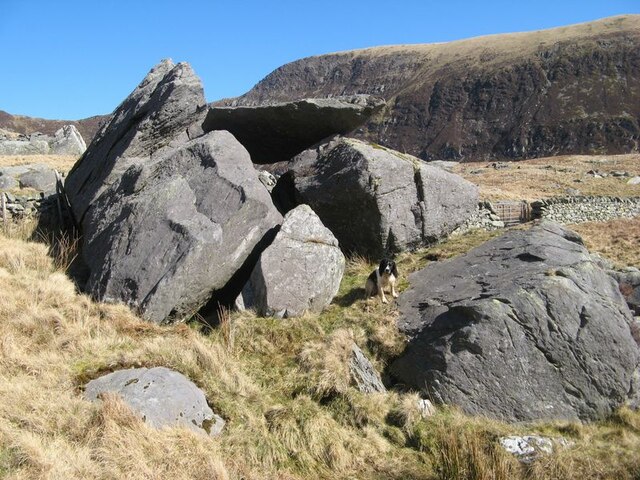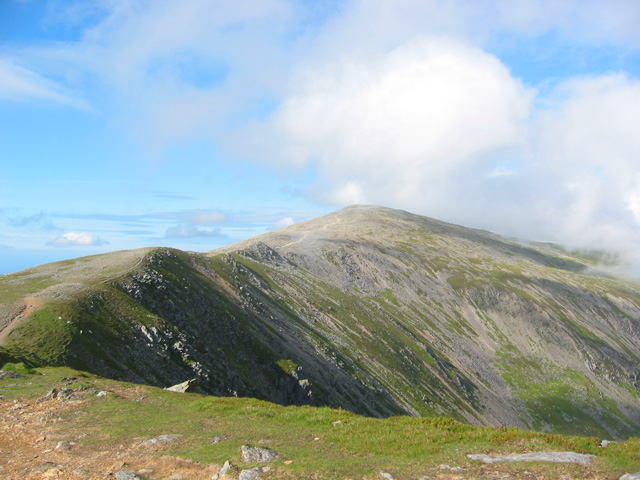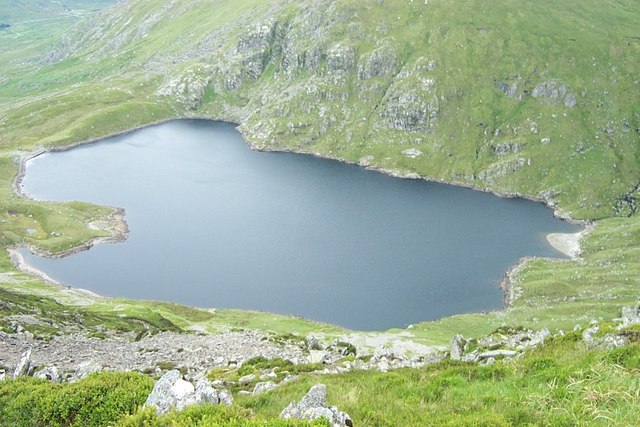East Gully
Valley in Caernarfonshire
Wales
East Gully
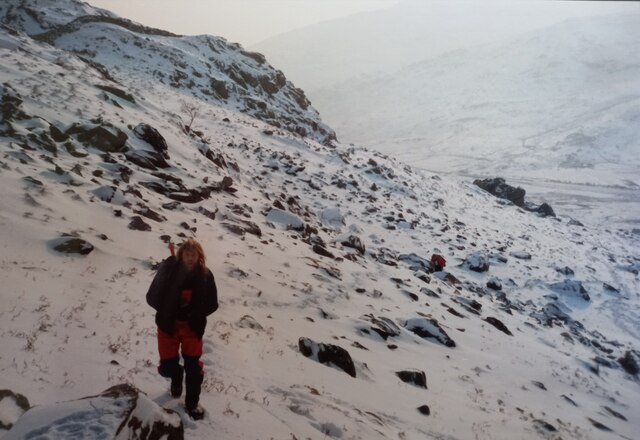
East Gully is a picturesque valley located in the county of Caernarfonshire, Wales. Nestled amidst the stunning Snowdonia National Park, this valley is renowned for its natural beauty and rich history.
The valley is named after the East Gully Stream, which flows through its heart, providing a constant source of fresh water and adding to the charm of the surrounding landscape. The stream is flanked by lush green meadows, dotted with vibrant wildflowers during the summer months. The valley is surrounded by majestic mountains, including the iconic Mount Snowdon, which adds to the dramatic backdrop of the area.
East Gully boasts a diverse range of wildlife, making it a haven for nature lovers and avid birdwatchers. The valley is home to a variety of bird species, including red kites, buzzards, and peregrine falcons. Visitors may also spot mammals such as otters, badgers, and foxes, who thrive in the valley's woodland and rocky outcrops.
The area is steeped in history, with evidence of ancient settlements and fortifications dating back to the Iron Age. Ruins of old stone houses and remains of iron mines can still be seen today, serving as a reminder of the valley's industrial past. The East Gully Heritage Center provides visitors with a fascinating insight into the valley's history and local traditions.
East Gully offers a range of outdoor activities, including hiking and mountain biking, with numerous trails catering to all levels of experience. The valley is also a popular destination for rock climbers, with its rugged cliffs and challenging ascents. For those seeking a more relaxed experience, the valley's tranquil atmosphere and breathtaking scenery provide the perfect setting for picnicking or simply taking a leisurely stroll.
In summary, East Gully, Caernarfonshire, is a captivating valley that combines natural beauty, wildlife, and a rich historical heritage, making it an ideal destination for nature enthusiasts and history buffs alike.
If you have any feedback on the listing, please let us know in the comments section below.
East Gully Images
Images are sourced within 2km of 53.149628/-3.9841883 or Grid Reference SH6763. Thanks to Geograph Open Source API. All images are credited.

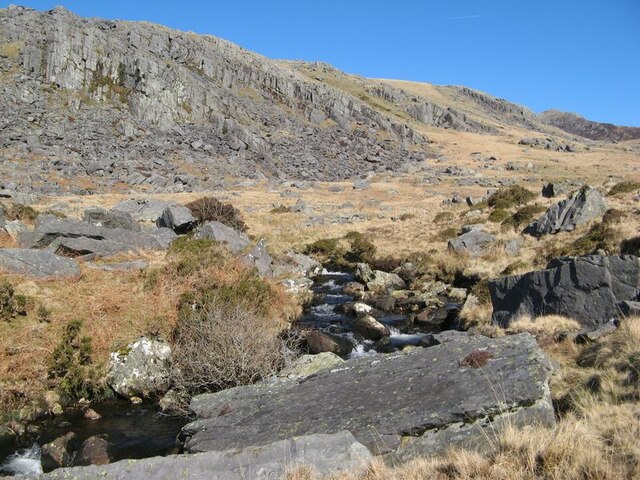
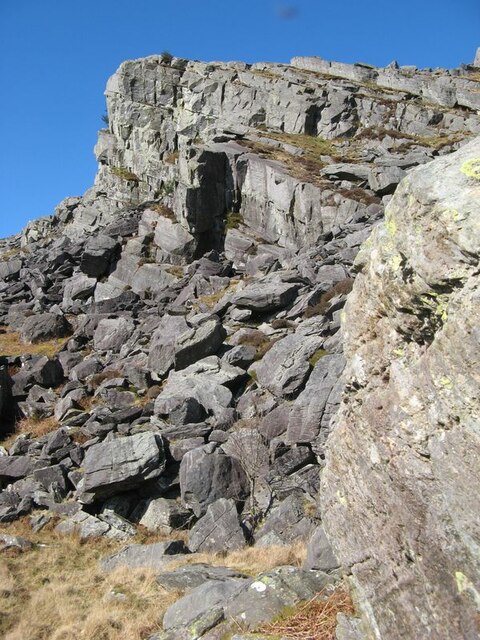
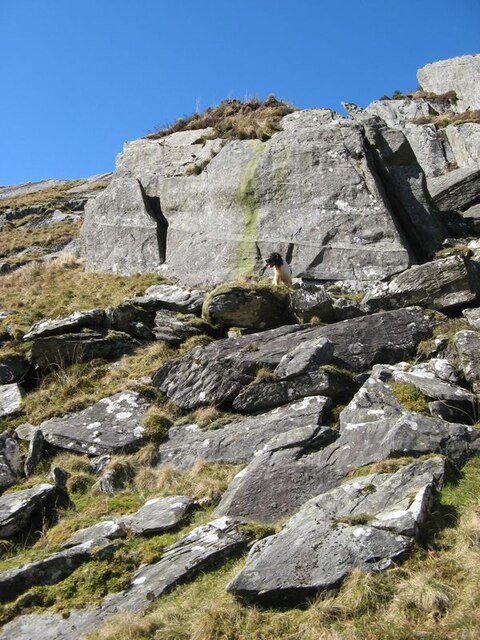
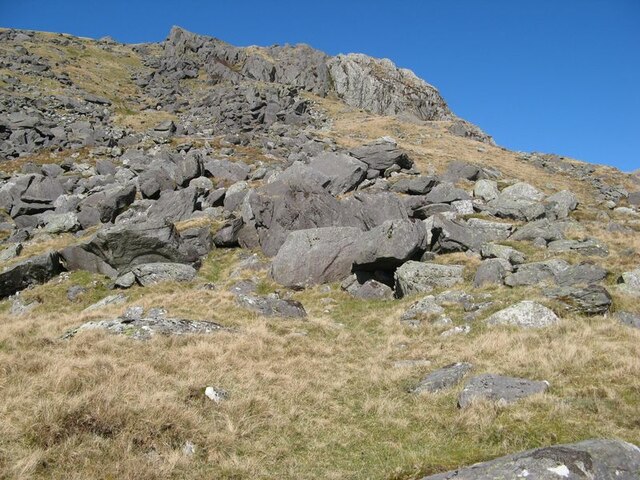
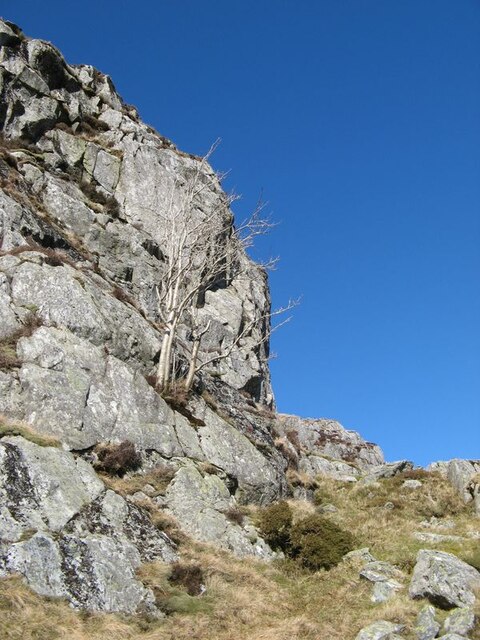



East Gully is located at Grid Ref: SH6763 (Lat: 53.149628, Lng: -3.9841883)
Unitary Authority: Conwy
Police Authority: North Wales
What 3 Words
///congested.internal.rattler. Near Bethesda, Gwynedd
Nearby Locations
Related Wikis
Welsh 1000 m Peaks Race
The Welsh 1000m Peaks Race takes place on the first Saturday in June each year. The 32 km route is also known as the Snowdonia Summits Marathon as competitors...
Foel Meirch
Foel Meirch is a top of Carnedd Dafydd in the Carneddau range in Snowdonia, North Wales. It offers commanding views of Carnedd Llewelyn and Yr Elen, and...
Carnedd Dafydd
Carnedd Dafydd is a mountain peak in the Carneddau range in Snowdonia, Wales, and is the third highest peak in Wales, or the fourth if Crib y Ddysgl on...
Carnedd Llewelyn
Carnedd Llewelyn, also spelled Carnedd Llywelyn, is a mountain massif in the Carneddau range in Snowdonia, north-west Wales. It is the highest point of...
Ffynnon Lloer
Ffynnon Lloer (Welsh : Source of [the] Moon) is a lake in the Carneddau range of mountains in Snowdonia, North Wales. It lies below the peaks of Pen yr...
Yr Elen
Yr Elen is a mountain in the Carneddau range in Snowdonia, Wales. It is the ninth highest mountain in Snowdonia. The average annual temperature of the...
Ffynnon Llugwy
Ffynnon Llugwy (English: Llugwy spring) is a lake in the Carneddau range of mountains in Snowdonia, North Wales. It lies at a height of about 1,786 feet...
Llyn Llyffant
Llyn Llyffant is the highest lake in Wales, located at grid reference SH 687 645. Its name translates into English as "frog lake". It lies at an elevation...
Nearby Amenities
Located within 500m of 53.149628,-3.9841883Have you been to East Gully?
Leave your review of East Gully below (or comments, questions and feedback).
